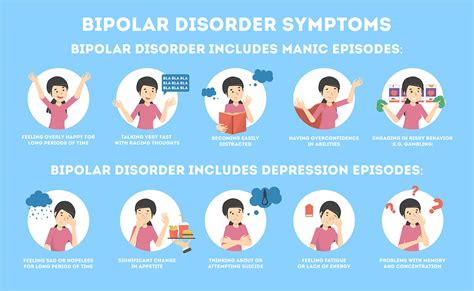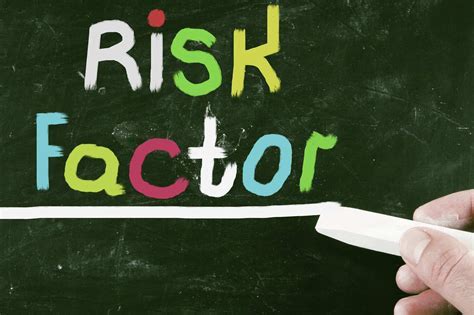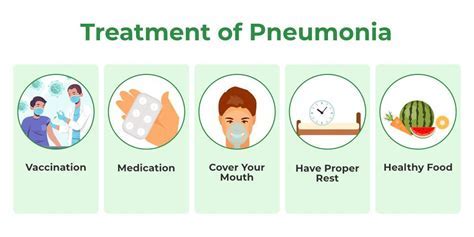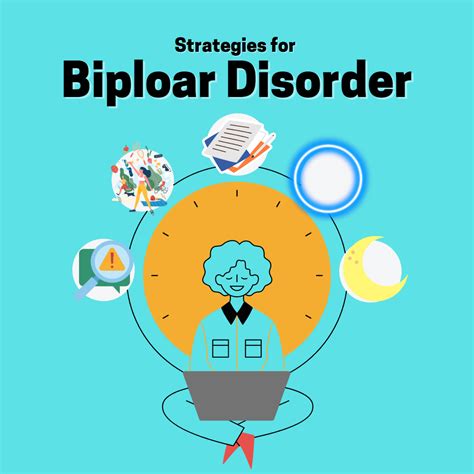Intro
Understanding Bipolar Disorder: Learn about symptoms, causes, and treatment options for this mental health condition, including manic depression, mood swings, and emotional instability.
Bipolar disorder is a complex and multifaceted mental health condition that affects millions of people worldwide. It is characterized by extreme mood swings, ranging from manic highs to depressive lows, which can have a significant impact on an individual's daily life, relationships, and overall well-being. Despite its prevalence, bipolar disorder remains shrouded in mystery, and many people struggle to understand its causes, symptoms, and treatment options. In this article, we will delve into the world of bipolar disorder, exploring its definition, types, symptoms, diagnosis, treatment, and management, as well as the latest research and advancements in the field.
The importance of understanding bipolar disorder cannot be overstated. Not only does it affect individuals and their loved ones, but it also has significant economic and social implications. According to the World Health Organization (WHO), bipolar disorder is one of the top 10 causes of disability worldwide, resulting in significant losses in productivity, healthcare costs, and quality of life. Furthermore, the stigma surrounding mental health conditions, including bipolar disorder, can prevent individuals from seeking help, exacerbating the problem. By increasing awareness and understanding of bipolar disorder, we can work towards reducing stigma, promoting early intervention, and improving treatment outcomes.
Bipolar disorder is a lifelong condition that requires ongoing management and support. While it can be challenging to live with, many people with bipolar disorder lead fulfilling and productive lives with the right treatment and support. In fact, some of the most creative, innovative, and successful individuals in history have had bipolar disorder, including famous artists, writers, musicians, and entrepreneurs. By exploring the complexities of bipolar disorder and the many faces of the condition, we can gain a deeper understanding of this fascinating and often misunderstood condition.
What is Bipolar Disorder?

Types of Bipolar Disorder
There are several types of bipolar disorder, each with distinct characteristics and symptoms. The most common types of bipolar disorder include: * Bipolar I Disorder: characterized by manic episodes that may be severe and require hospitalization * Bipolar II Disorder: characterized by depressive episodes and hypomanic episodes, which are less severe than manic episodes * Cyclothymic Disorder: characterized by periods of hypomania and depression that last for at least two years * Other Specified Bipolar and Related Disorders: a category that includes conditions that do not meet the full criteria for bipolar disorder but still cause significant distress and impairment.Causes and Risk Factors

Symptoms of Bipolar Disorder
The symptoms of bipolar disorder can vary depending on the type and severity of the condition. Some common symptoms include: * Manic episodes: characterized by elevated mood, increased energy, and decreased need for sleep * Depressive episodes: characterized by low mood, decreased energy, and increased need for sleep * Mood swings: rapid shifts in mood, energy, and activity level * Irritability: feeling easily annoyed or frustrated * Anxiety: feeling anxious or on edge * Sleep disturbances: difficulty sleeping or excessive sleepiness * Changes in appetite: increased or decreased appetite * Fatigue: feeling tired or sluggish.Diagnosis and Treatment

Coping with Bipolar Disorder
Living with bipolar disorder requires ongoing management and support. Some strategies for coping with bipolar disorder include: * Keeping a mood journal: tracking symptoms and mood patterns can help identify triggers and patterns * Building a support network: connecting with friends, family, and support groups can provide emotional support and help individuals stay connected * Practicing self-care: engaging in activities that bring joy and relaxation, such as exercise, meditation, or hobbies, can help manage stress and improve mood * Seeking professional help: working with a mental health professional can provide individuals with the tools and support they need to manage symptoms and improve their quality of life.Managing Bipolar Disorder

Latest Research and Advancements
Research on bipolar disorder is ongoing, and new developments are continually being made. Some of the latest research and advancements include: * Genetic research: identifying genetic mutations that contribute to bipolar disorder can help develop more targeted treatments * Brain imaging: using brain imaging techniques, such as functional magnetic resonance imaging (fMRI), can help researchers better understand the neural mechanisms underlying bipolar disorder * New medications: developing new medications that target specific symptoms or mechanisms can help improve treatment outcomes * Digital interventions: using digital technologies, such as mobile apps and online platforms, can provide individuals with accessible and convenient tools for managing symptoms and improving their quality of life.Conclusion and Next Steps

What is the difference between bipolar disorder and depression?
+Bipolar disorder and depression are two distinct mental health conditions. While depression is characterized by persistent feelings of sadness and loss of interest, bipolar disorder is marked by extreme mood swings, ranging from manic highs to depressive lows.
Can bipolar disorder be cured?
+While bipolar disorder cannot be cured, it can be managed with the right treatment and support. With a comprehensive treatment plan, individuals can learn to manage their symptoms, improve their quality of life, and reduce the risk of relapse.
How can I support a loved one with bipolar disorder?
+Supporting a loved one with bipolar disorder requires empathy, understanding, and patience. Encourage your loved one to seek professional help, offer emotional support, and help them stay connected with friends and family. You can also educate yourself about bipolar disorder and its treatment options to better understand what your loved one is going through.








